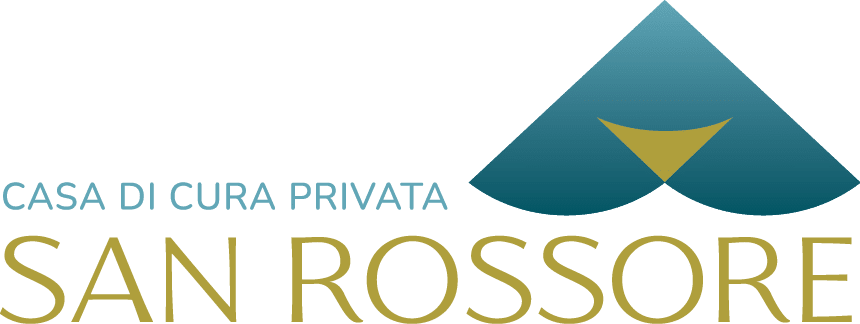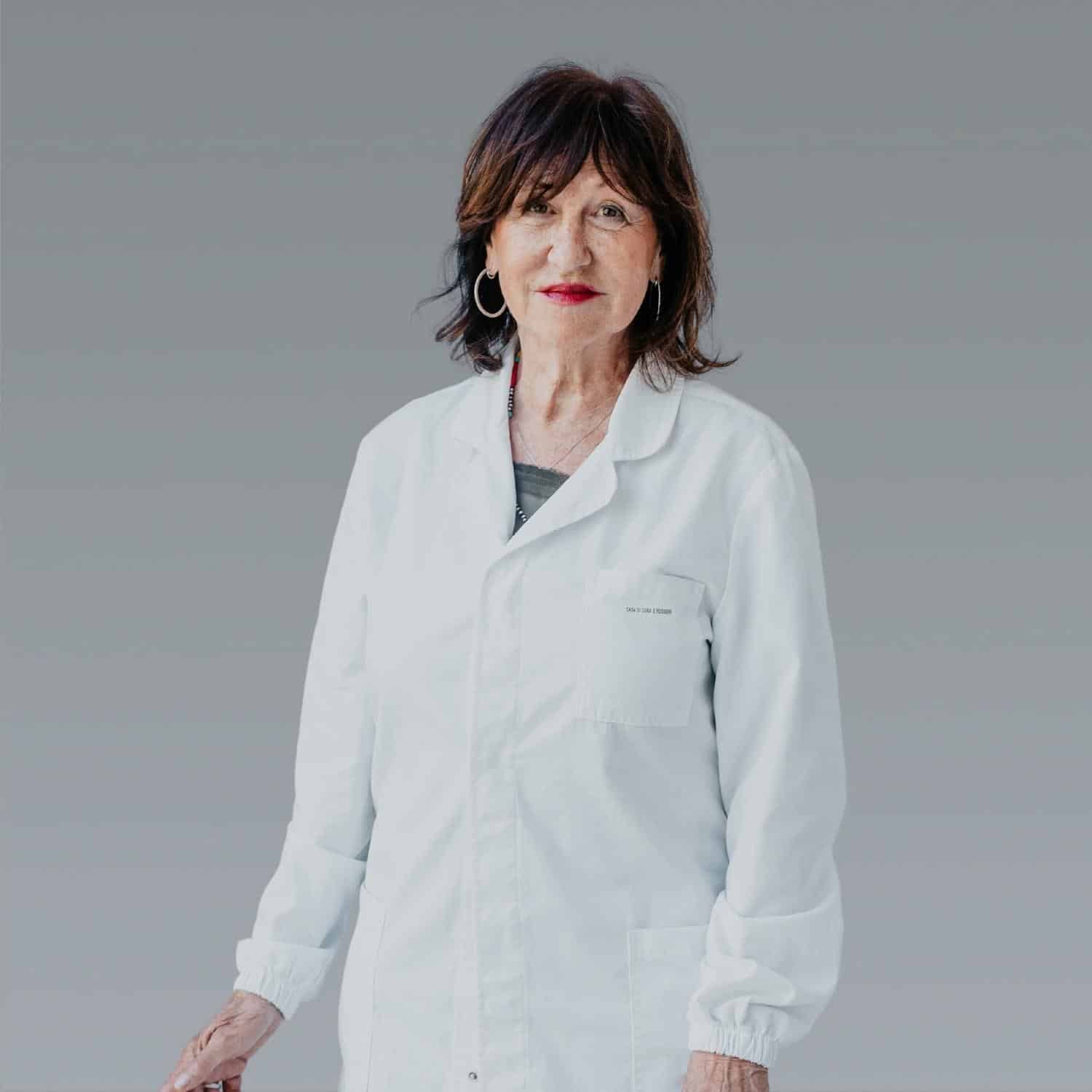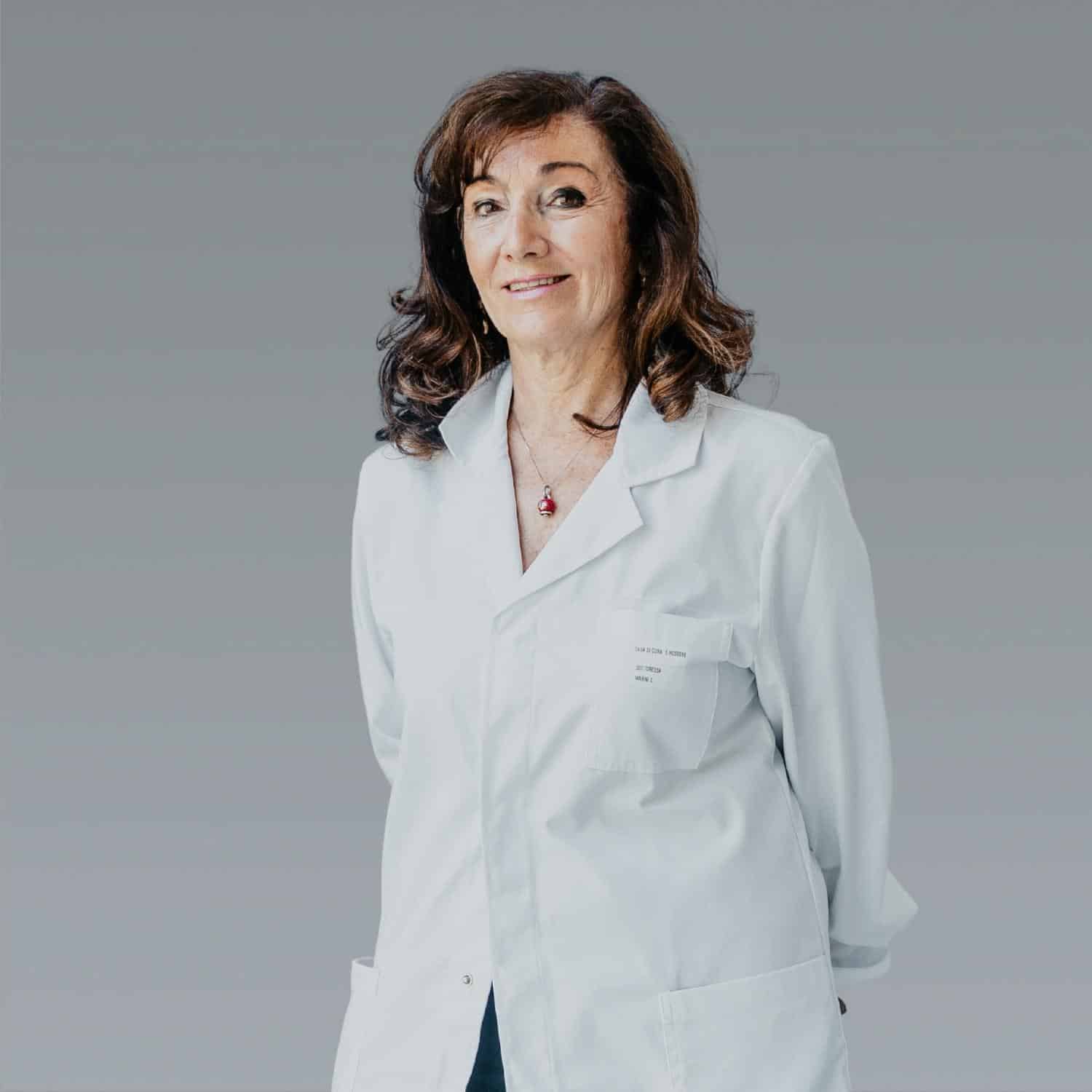Senology
Senology is a complex of instrumental investigations (mammography with tomosynthesis, digital mammography, ultrasound, MRI, interventional procedures under ultrasound guidance, stereotactic radio-guided), which are used in the study of breast pathology.
These investigations are applied both in the control of the asymptomatic patient and in the verification of the symptomatic patient. In the first case as prevention in the belief that early diagnosis is the first solution to breast problems; in the second case in the belief that preoperative diagnosis and staging is the first solution to the intercourse problem.
In Tuscany, in Pisa, the Casa di Cura San Rossore represents a center of excellence for breast diagnostics.
Methods
Casa di Cura San Rossore has a wide range of applications to improve diagnostic confidence and to properly plan the diagnostic/therapeutic course in surgical patients. Department Specialists also provide ongoing support from prevention to follow-up.
Activities
A team of professionals with multi-specialty expertise, state-of-the-art machinery and interdisciplinary collaboration enable the symptomatic and non-symptomatic patient to receive personalized diagnosis and treatment at the Casa di Cura San Rossore.
The patient (or the patient since breast pathology also affects the male sex) is thus accompanied step by step through the diagnostic and then therapeutic pathway. A humanized path that takes into account the specifics of each case and is followed at all stages: from radiology to cytopathology, from molecular diagnostics to radiation therapy, from cancer surgery to plastic surgery, and ending with rehabilitation and psychological support.
The Breast Diagnostic Center of the Casa di Cura San Rossore performs: Inpatient Activities The type of malignant pathology generally allows for short hospitalization preceded by some pre-operative examinations. For this purpose, the facility has rooms equipped with one or two beds, each specially furnished to ensure the best possible environmental and care comfort during hospitalization. In addition to the normal facilities, each room is also equipped with: self-contained toilet facilities, adjustable bed with hand control by electronic control, hand control with microphone, telephone, TV equipped with Sky service and satellite channels, Internet connection, air conditioning, safe. Some wards then have a sitting room and an adjoining room for a possible companion. For more information, the Admissions Office can be contacted at +39 050 586336.
Day-Surgery Activities
Benign pathology, where the patient’s condition permits, is addressed under Day-Surgery. For more information you can contact the Admissions Office at +39 050 586336
Outpatient Activities
Examinations for patients with established or presumed breast pathology are conducted in the outpatient clinic. For more information you can contact the Secretariat at +39 050 586217
Secretariat
For more information, you can contact the Secretariat at +39 050 586432 from 9:00 AM to 1:00 PM or send an email to the following address: senologia@sanrossorecura.it
Fields of action
Diagnostic senology, as a methodological approach to breast cancer diagnosis, involves the following:
- Routine breast monitoring of asymptomatic patients
- Breast check of symptomatic patients for mastodynia, relief of palpable lesions, skin changes (redness-retraction), asymmetry.
- Organization of the individualized breast pathway by age, by pathology, by risk factors (family history, previous pathology)
- control patients at risk (BRCA)
- control oncology patients
- Interventional in focal pathology
- Counseling on previously performed and inconclusive imaging and examinations
- Guidance in the management of the diagnostic/therapeutic process (follow-up, surgical evaluation)
Performance and therapy
Mammography with tomosynthesis, also known as 3-dimensional mammography, is an innovative 3-D technique that reduces the number of false negatives compared with examinations performed with a 2-D technique.
3D mammography represents a high-definition three-dimensional version of digital mammography.
The new mammography, also known as digital breast tomosynthesis, represents a breakthrough in diagnostics: the basic principle is the same as tomography: it makes use of images captured from different angles, with reconstructions of volumetric figures, thus enabling the physician to detect any abnormalities or pathologies that would otherwise be undetectable.
In practice, unlike a normal mammogram, where the machine is fixed, in tomosynthesis the instrumentation moves around the breast. Volumetric reconstruction, in principle, makes it possible to overcome one of the main limitations of two-dimensional imaging and thus of radiological imaging (digital mammography) currently in use, namely the masking of lesions (masses, microcalcifications, distortions, etc.) caused by the superimposition of normal structures. This situation occurs most often in young patients with radiologically dense breasts. The advantage of this is that it is easier to find any hidden tumor tissue.
The opportunity, in fact, to dissociate different planes by tomosynthesis makes it seem possible to reduce the number of false negatives and false positives, due to the overlap, allowing a substantial improvement in the detection and analysis of lesions: conviction of their presence and certainty of their absence.
Digital mammography is a diagnostic method that uses equipment called a digital mammograph to form the mammographic image.
In digital mammography, the X-ray film is replaced by a detector: this absorbs X-rays transmitted through the breast and converts their energy into electronic signals, which are digitized and fixed in computer memory. An image, the digital mammogram, is then derived from this set of data and displayed on a high-definition monitor. From there, after being properly processed, it can be imprinted on film using a laser printer or stored in one of the various storage systems available today, including CD-ROM.
It lasts a few minutes and no drugs are administered or contrast medium used. Mammography is the most effective and safe means of early detection of breast cancer. In fact, it helps to detect small changes in the breast before other signs or symptoms appear. If such changes are noticed early, there is a very good chance of full recovery.
Advantages:
- Optimization of ionizing radiation dose
- Image modifiability by processing
- Display on monitor and on film
- Digital archiving: exams remain stored within facility computers for later comparison
- Remote transmission
Ultrasound is a method that uses ultrasound that is sound waves of frequencies above 20,000 Hz that are inaudible to the human ear. This makes the examination harmless and repeatable. Ultrasound equipment uses probes, called transducers, that emit ultrasound beams that pass through the various tissues of the human body and generate reflected beams that return to the transducer and are called return echoes. In senology, ultrasonography effectively accompanies and complements the mammographic examination and, above all, represents a supplement to the clinical examination (breast examination) , which no longer has any reason to exist without instrumental support such as ultrasonography that makes immediately visible what is manifested by palpation. Ultrasound is the investigation of first choice in women younger than 40 years of age, in whom the still predominantly glandular structure of the breast does not make study by mammography effective. The periodicity of the ultrasound examination is decided by the radiologist on the basis of the patients’ registry age, family history (presence of relatives with breast cancer disease), pathological history, current or previous hormone therapy, and mammary gland structure.
Advantages:
- High frequency 10-13 MHz probes with high image definition
- State-of-the-art ultrasound machine
- Software dedicated to breast study
- Echocolordoppler study
Mammary Magnetic Resonance Imaging (MRI), introduced in the early 1990s, has definitely entered the clinical mainstream to complement the traditional breast diagnostic techniques represented by mammography and ultrasonography. MRI examination of the breast, in addition to the morphological investigation of breast lesions, allows the functional evaluation of breast lesions by assessing their vascularity, which appears different in healthy and pathological tissues. The examination can be performed with or without the use of paramagnetic contrast medium, depending on specific clinical indications.
The use of contrast medium, which has intravascular and interstitial distribution, in MRI enables the identification of breast cancer, as it markedly increases its signal intensity compared with surrounding tissues.
Contrast-free breast MRI has as its main indication the study of prosthetic implants, particularly in the evaluation of integrity and possible complications, both for prostheses applied for cosmetic purposes and for reconstructions after oncological surgeries.
The indications of breast MRI with contrast medium are as follows:
- Screening in young women with genetic risk or high familial risk for breast cancer
- Search for primary tumor in case of metastasis of unknown origin to probable breast site with clinical breast examination, mammography and ultrasonography normal (CUP SYNDROM)
- Local staging of malignancies already diagnosed by conventional techniques.
- Control of breast cancer response to neoadjuvant chemotherapy.
- Evaluation of breast operated women when mammography and ultrasound cannot differentiate scar from tumor recurrence.
- Study of breasts with implants.
- Disagreement between mammography images, ultrasound images, and clinical examination.
- Secreting udder.
This examination cannot be performed in case of:
- Presence of pace maker;
- Presence of ferrous metal prostheses.
IMPORTANT INFORMATION FOR USERS
The detection of doubtful and/or suspicious lesions results in the need for histological characterization, which is a key step in the patient’s subsequent course of action.
The stereotactic tomosynthesis IMS biopsy is performed in the prone position, in clinostatism (lying down), and allows localization and guided RX retrievals of otherwise unreachable findings.
The finding obtained by tomosynthesis biopsy is the same as that detected by 3D mammography, which is otherwise not always detectable by the 2D technique, due to the masking phenomenon discussed above. It is therefore a rapid biopsy procedure devoid of the discomfort inherent in sitting biopsy and therefore better tolerated by women.
With this system, the lesion can be reached from various angles, and the layer of interest is brought into focus.
The innovation present at the Casa di Cura San Rossore in Pisa, a center of excellence in Tuscany, consists precisely in the prone position, the rapidity of the examination and the lower dose of ionizing radiation administered during the examination.
A breast interventional procedure is defined as any minimally invasive act performed on the mammary gland that is intended to condition the subsequent diagnostic or therapeutic course. The choice of the best method is customized by the radiologist based on the characteristics of the pathological finding, its size, and the method by which that finding is best visualized.
Radioguided interventional, mammotome
- Indicated for histological typing of microcalcifications, opacities, distortions and otherwise lesions visible on mammography.
- Computerized guide for withdrawal
- Microhistological sampling with forced aspiration (mammotome) resulting in an abundance of material
- Unlike many other centers where such a procedure is done in the sitting position, stereotactic biopsy at Casa di Cura San Rossore is performed with the patient lying down, prone: clinostatism, that is, the lying position, greatly reduces the discomfort of the procedure compared to the sitting
- Local anesthesia
- Localization of non-palpable lesions
Echoguided interventional
- Indicated in cytohistological typing of lesions visible on ultrasound
- Real-time ultrasound guidance at needle introduction for continuous verification of correct sampling.
- Thin needle: cytological sampling
- Tru-Cut/Mammotome: microhistological sampling
- Local anesthesia
- Speed of execution
- Presurgical localization of non-palpable lesions



